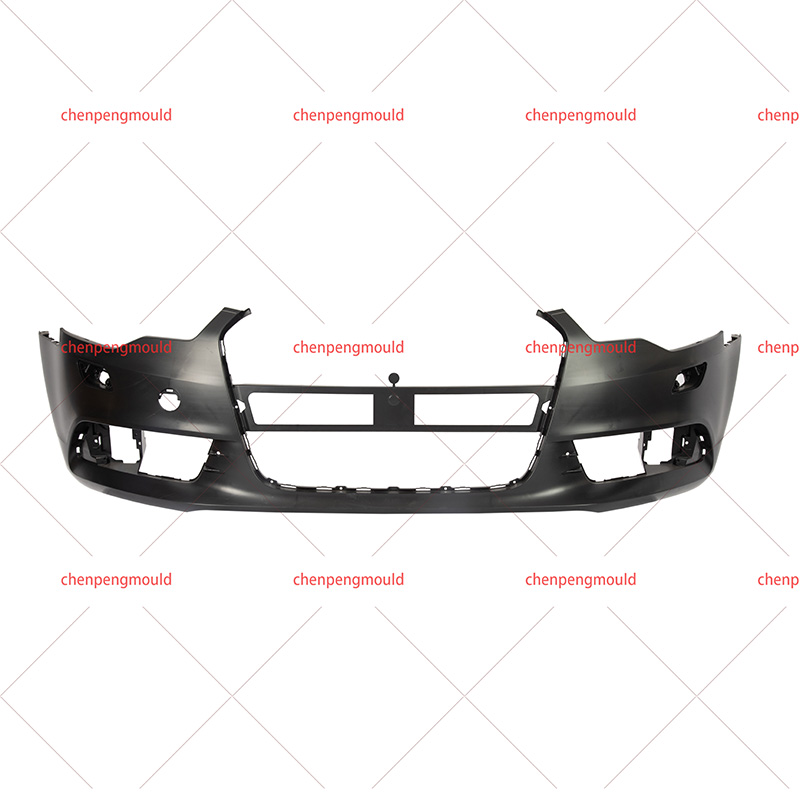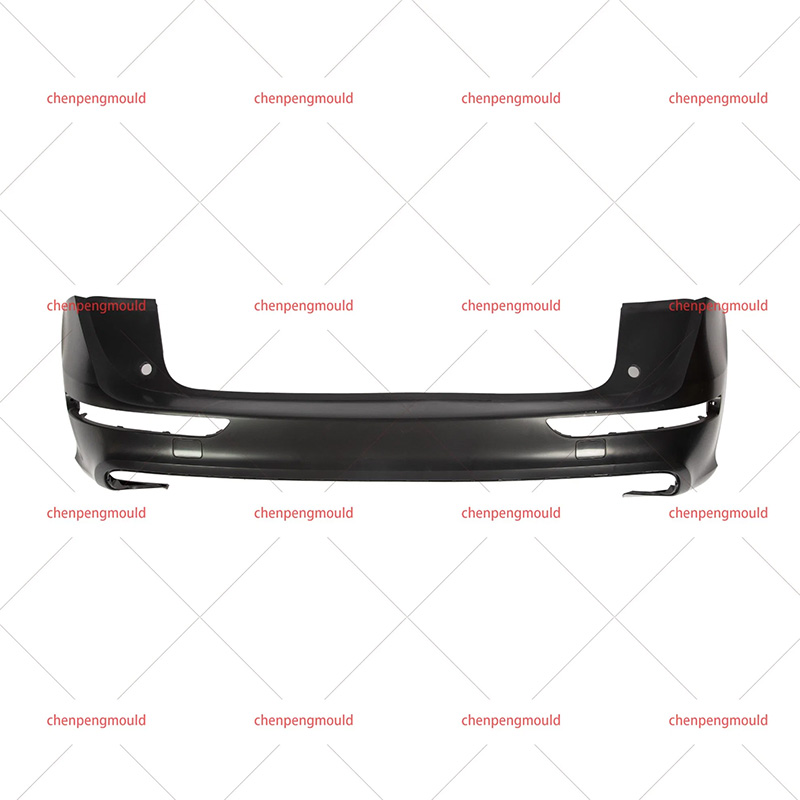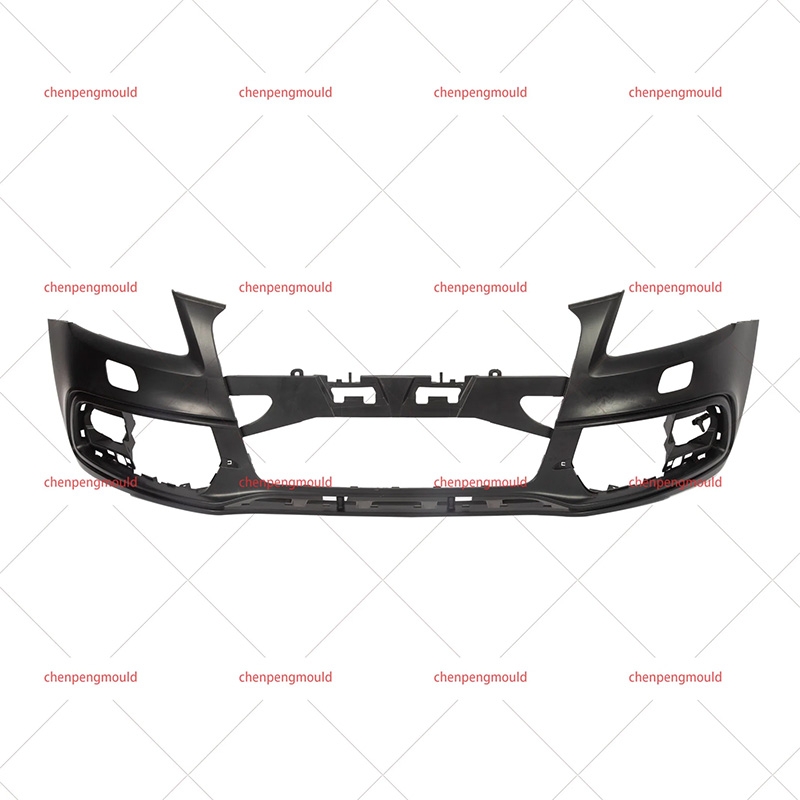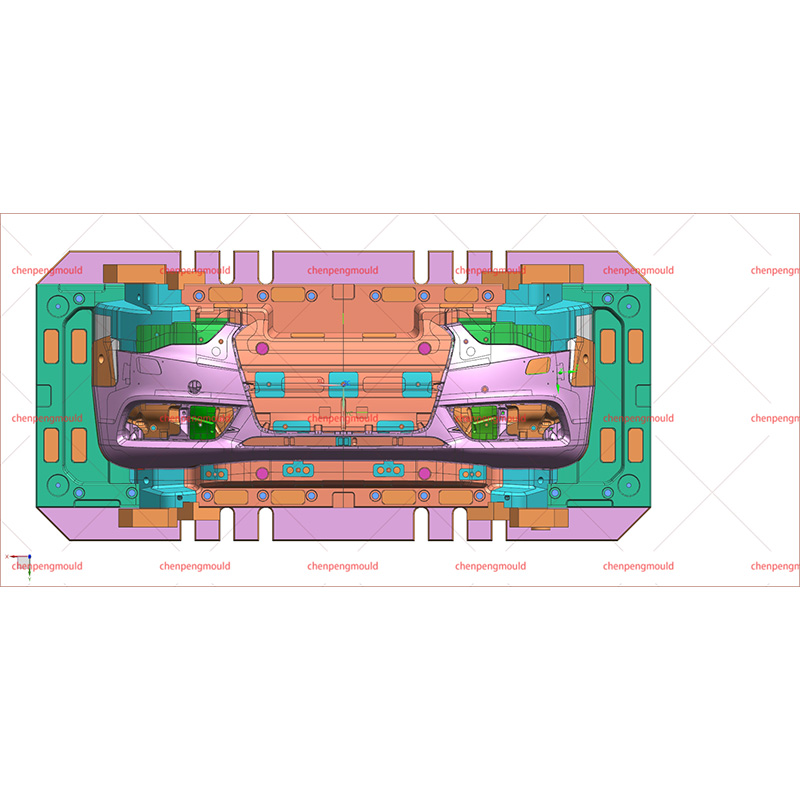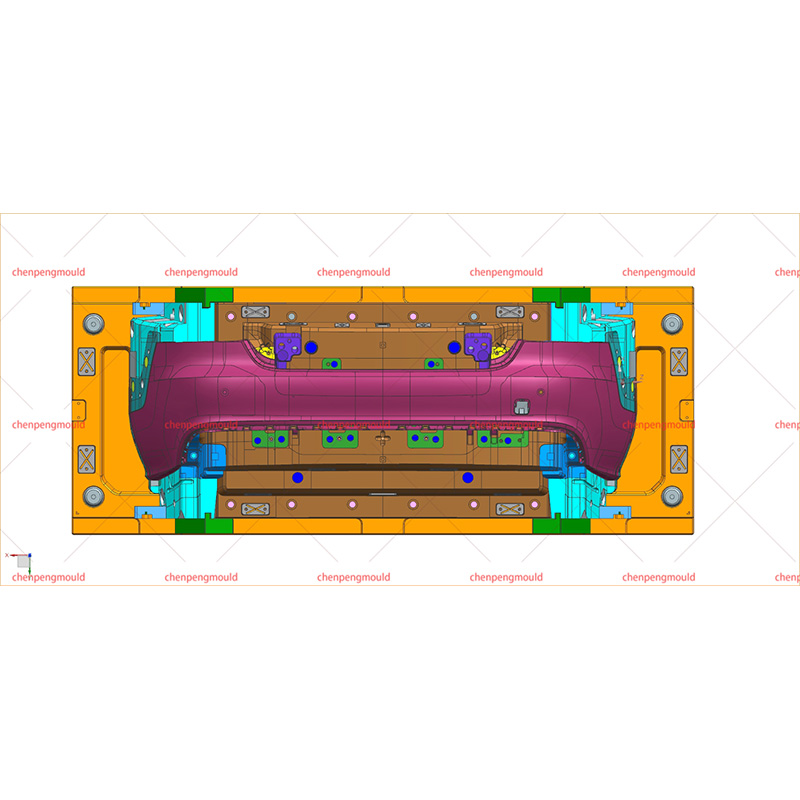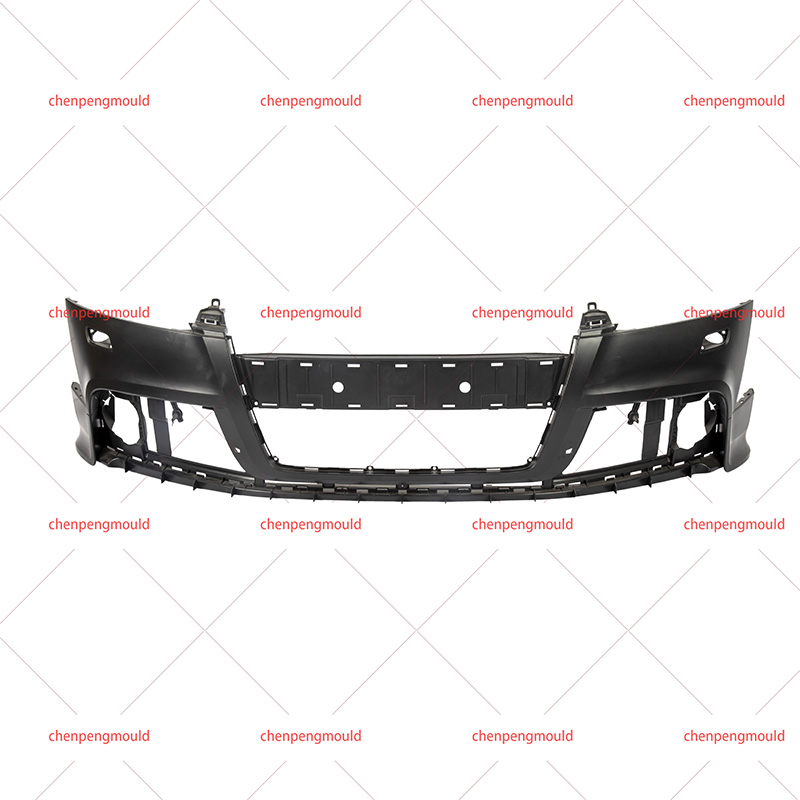Custom OEM Middle Grille Injection Mould Supplier Wholesale
When it comes to architectural design and construction, every detail matters, and the choice of materials and components can significantly influence both aesthetics and functionality. Among these components, the middle grille mould plays a crucial role in various applications, from home interiors to commercial buildings.
Middle grille moulds are architectural elements often used in windows, doors, and walls to create a segmented appearance. They serve both decorative and functional purposes, enhancing the visual appeal of a space while contributing to its structural integrity. The grille design can vary widely, from classic styles featuring intricate patterns to more contemporary designs that offer a sleek, minimalist look.
Design Considerations
One of the primary factors in choosing a middle grille mould is the design. The mould should complement the overall style of the building or room. For instance, traditional homes may benefit from ornate grilles that reflect historical craftsmanship, while modern spaces often call for cleaner lines and simpler designs.
When considering design, it’s essential to think about proportions and scale. A large mould in a small space can overwhelm the area, while a delicate design might get lost in a grand room. An effective grille mould should harmonize with its surroundings, contributing to the space's overall design language.
Style Compatibility
The compatibility of the grille mould with other architectural features is also critical. If a building has ornate crown moulding or detailed cornices, the grille should either match or provide a contrasting yet complementary element. This harmony not only enhances the aesthetic value but also ensures a cohesive look throughout the space.
Material Selection
The material used for middle grille moulds can have a significant impact on both the durability and aesthetic of the installation. Common materials include wood, metal, and synthetic composites, each with its advantages and disadvantages.
Wood
Wooden moulds are often favored for their warmth and natural beauty. They can be easily painted or stained to match existing decor, allowing for greater customization. However, wood is susceptible to moisture, which can bring about warping or decay, particularly in humid environments. If choosing wood, it’s advisable to select treated varieties or apply protective coatings to enhance durability.
Metal
Metal grilles, such as those made from aluminum or wrought iron, offer a more modern look and are generally more durable than wood. They resist moisture and require less maintenance, making them suitable for both interior and exterior applications. However, metal can be prone to corrosion if not properly treated, so selecting a powder-coated or galvanized option can enhance longevity.
Synthetic Composites
Synthetic materials, like PVC or polyurethane, have gained popularity due to their versatility and low maintenance requirements. These materials can mimic the appearance of wood or metal while providing greater resistance to environmental factors. They are lightweight and often easier to install, making them a practical choice for many applications.
Functionality
Beyond aesthetics, the middle grille mould must fulfill certain functional requirements. It should provide adequate support to the structure it’s part of, especially in load-bearing applications. Additionally, the grille should allow for proper ventilation and light passage, particularly in spaces where airflow is essential.
When selecting a grille mould, consider the intended function of the space. For example, in areas where privacy is important, denser designs may be preferred, while open designs may be suitable for spaces that prioritize natural light.

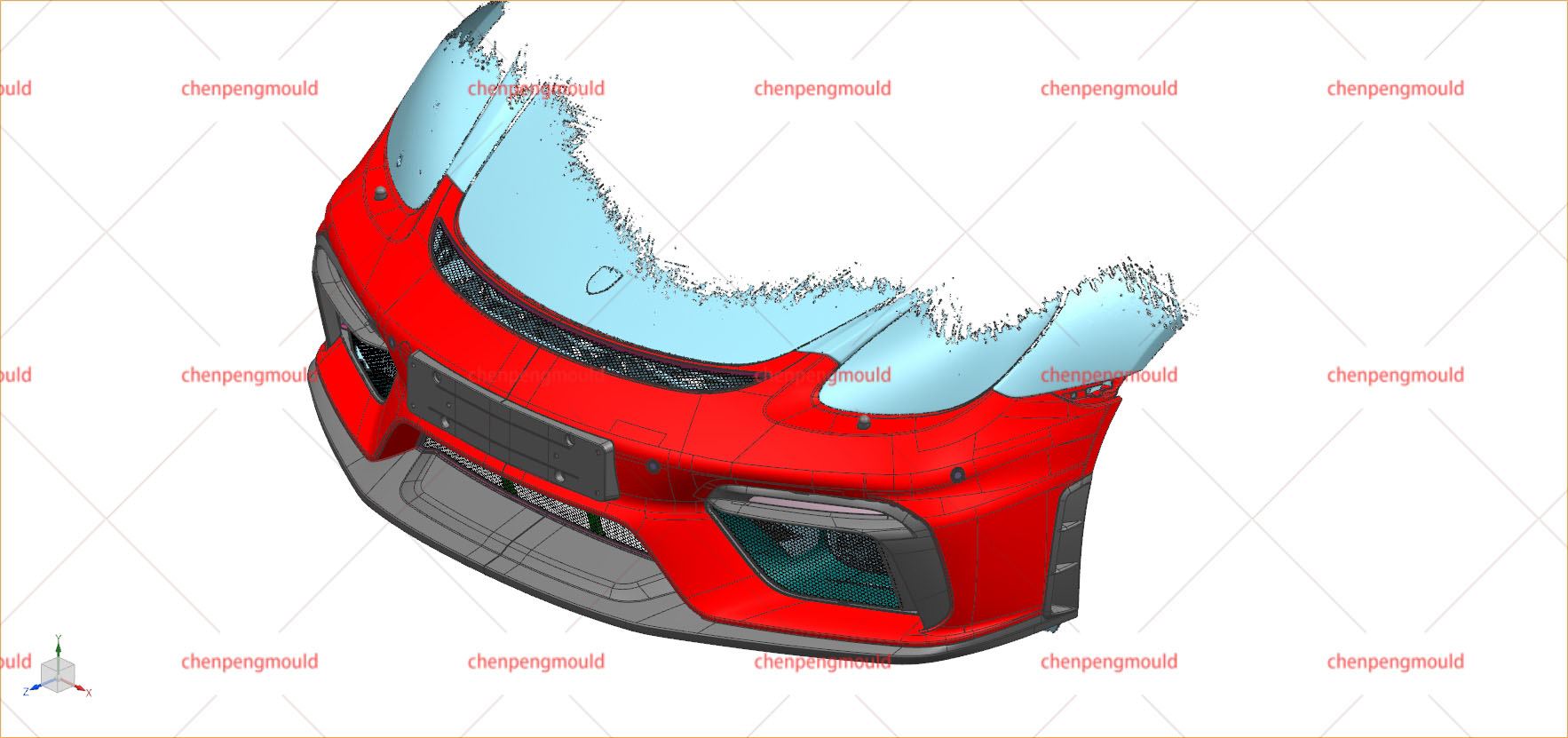
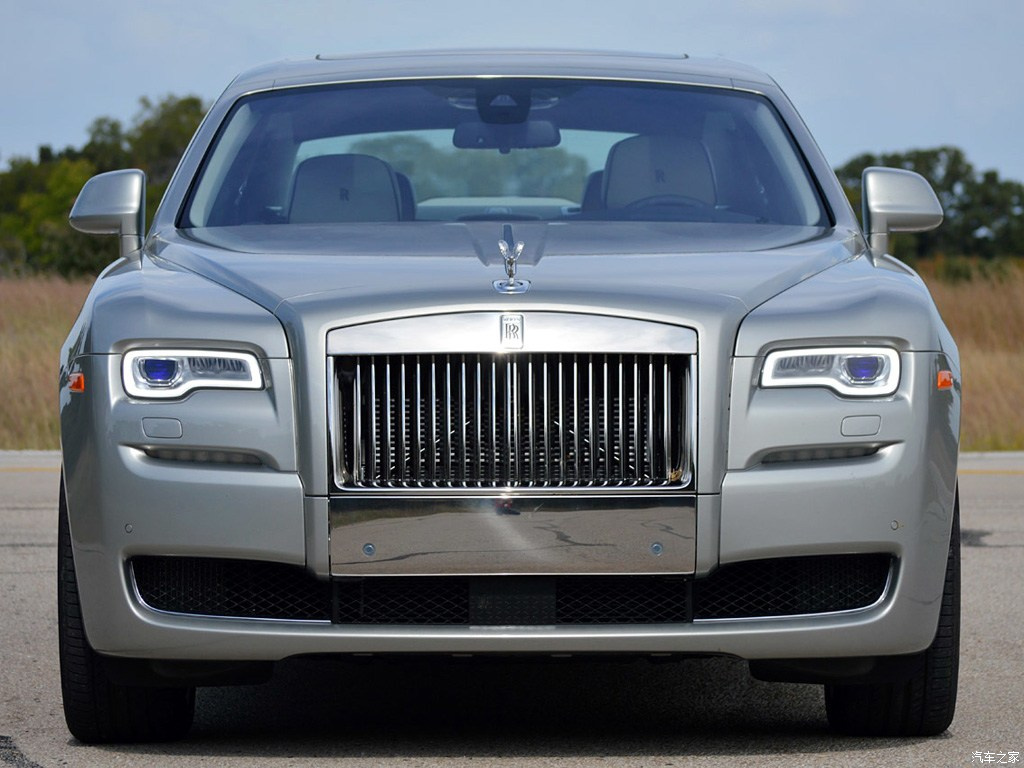
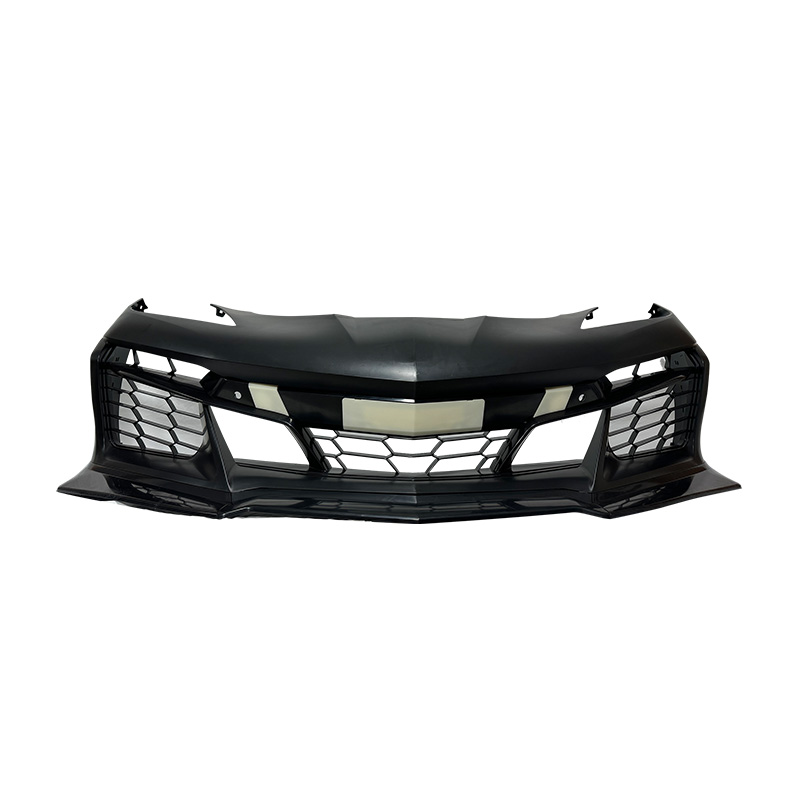
 +86-18357617666
+86-18357617666
